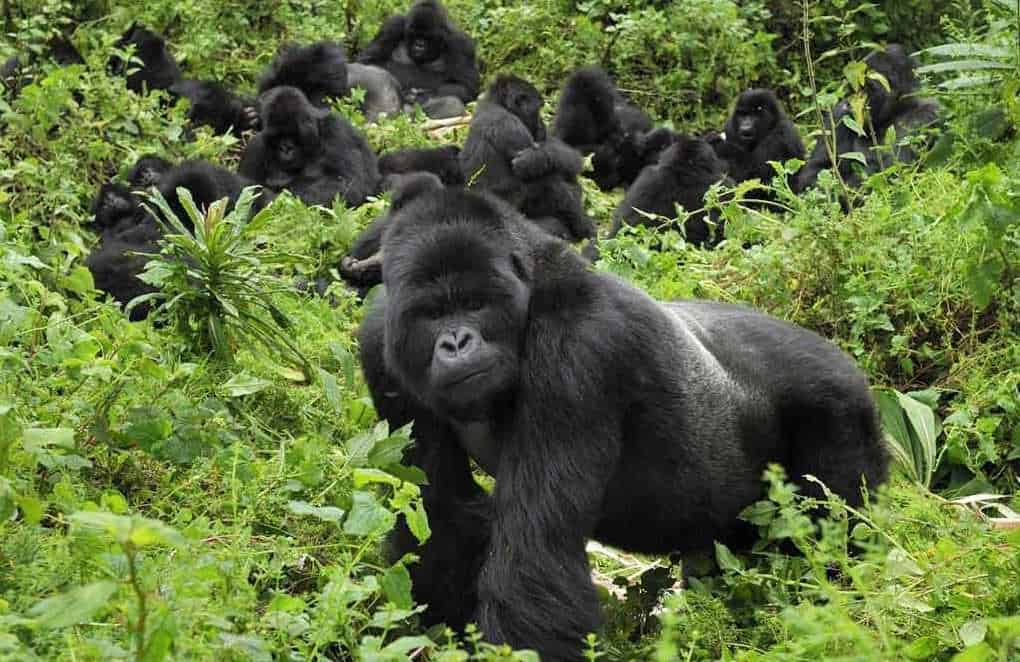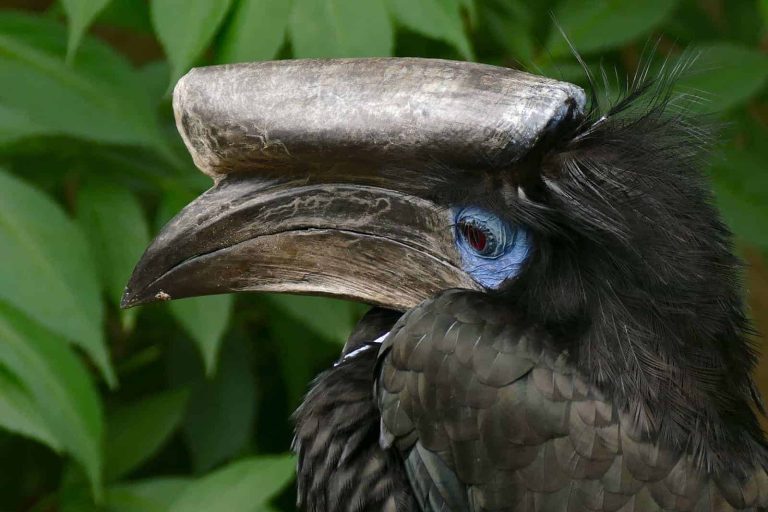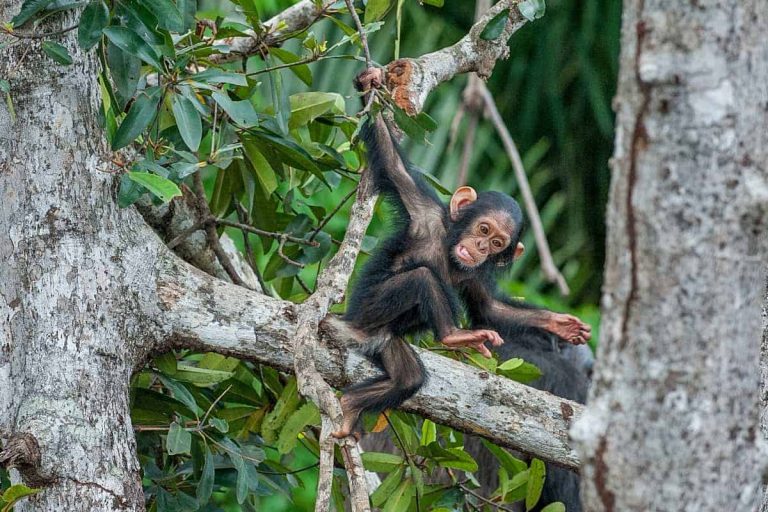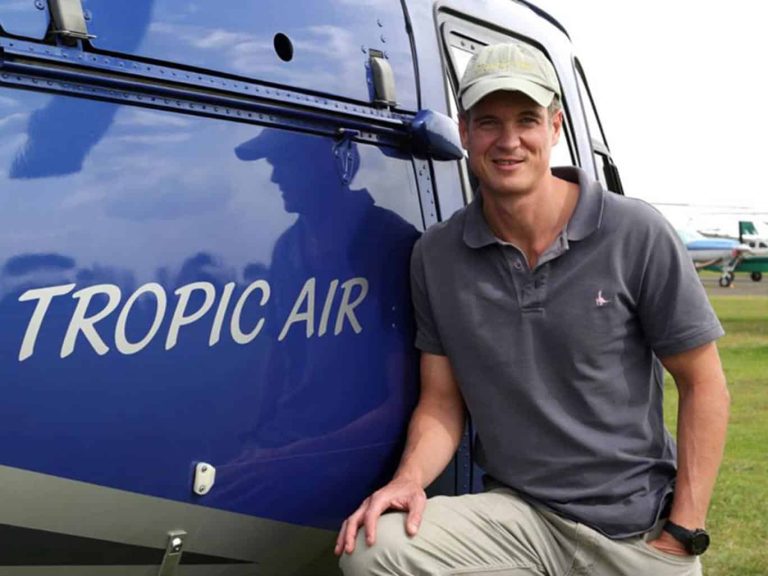Raise of Rwanda Gorilla Trekking Permits a direct Boost for Gorilla Conservation?

The Rwanda Development Board’s (RDB) decision to double price of Rwanda gorilla permits from USD 750 to USD1500 has been received with mixed feelings from local and international tour operators, conservationists and also the people of Rwanda. Many looked at the gorilla permits increase as a gamble that is bound to fail in the near future and killing the tour businesses. Rwanda has been selling gorilla permits higher than Uganda and the Democratic Republic of Congo, and a decision to double these already higher prices looks like Rwanda is becoming too ambitious and greedy?
Many people are ignoring the core motivation of mountain gorilla conservation; which the Rwanda Development Board must uphold above everyone else’s interests. Rwanda’s mountain gorilla tourism has become very popular with so many tourists flocking the country for gorilla safaris in the Volcanoes National Park.
For many visitors, Rwanda offers a convenient access with just 2 hours drive from Kigali international airport to Volcanoes National Park. This provides a very good option for visitors on business, budget and on connecting flights to BIG 5 destinations of Kenya or Tanzania marking Rwanda a hotspot destination for mountain gorilla trekking in East Africa.
With the high numbers of visitors flocking the country to watch gorillas in the jungle, the Rwandan government has to protect the interests of the gorillas and must regulate the numbers so as to minimize the negative impacts on mountain gorillas’ health and well being in the wild.
As stated in the IUCN Red List, gorillas are one of the most endangered primates. Mountain gorillas are critically endangered apes whose protection and long-term conservation strongly depend on effective management of wild populations and continuous revenue generation from ecotourism.
The Rwanda Development Board is working together with the park management and understands the risks that disease transmission can kill Mountain gorillas. Hence they have adopted strict rules to reduce the threat by strictly maintaining a distance, wearing gloves, protective masks not discarding any waste in the gorilla habitat.
Human intrusion in the gorilla habitat presents a critical threat in the form of transmission of interspecies diseases, which can have a disastrous impact on the lives of the gorillas. Primates have a very high risk of contracting disease from tourists and researchers due to human – primates genetic similarities.
A number of rules and guidelines have been put in place to help curb interspecies disease transmission, but realistically many of the regulations are protecting tourists rather than primates, researchers Chris Sandbrook and Stuart Semple found out in 2006.
Rwanda Development Board recognizes the impact of gorilla tourism on income generation for the conservation of mountain gorillas. The funds generated are needed to pay for veterinary projects, including monitoring and treating the gorillas for injuries and illness in the forest (Stoinski, 2015). Without veterinary intervention, the growth rates of the gorilla populations could be less than 50% of what is observed today (Robbins et al., 2011). Veterinary efforts have shown to be effective and vital to gorilla conservation.
The Rwanda government cannot stop gorilla tourism completely as it provides substantial funding for gorilla conservation projects, but it aims to regulate numbers by increasing the price of Rwanda gorilla permits so that the number of visitors goes down without losing revenues. With fewer people purchasing gorilla permits at higher prices it will reduce the number of people visiting gorillas at the same time, while raising enough revenue to support conservation projects so that gorillas are protected.






